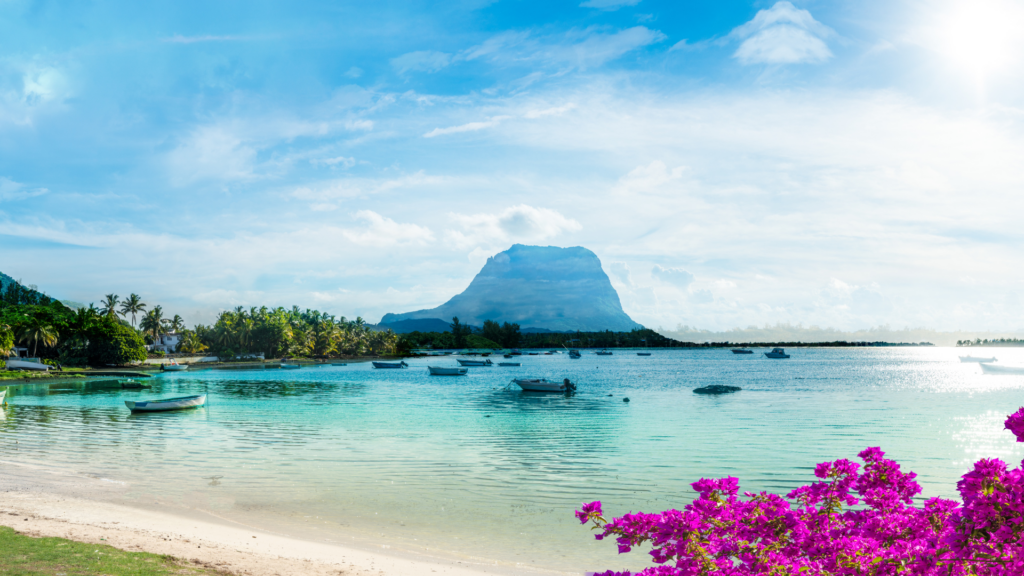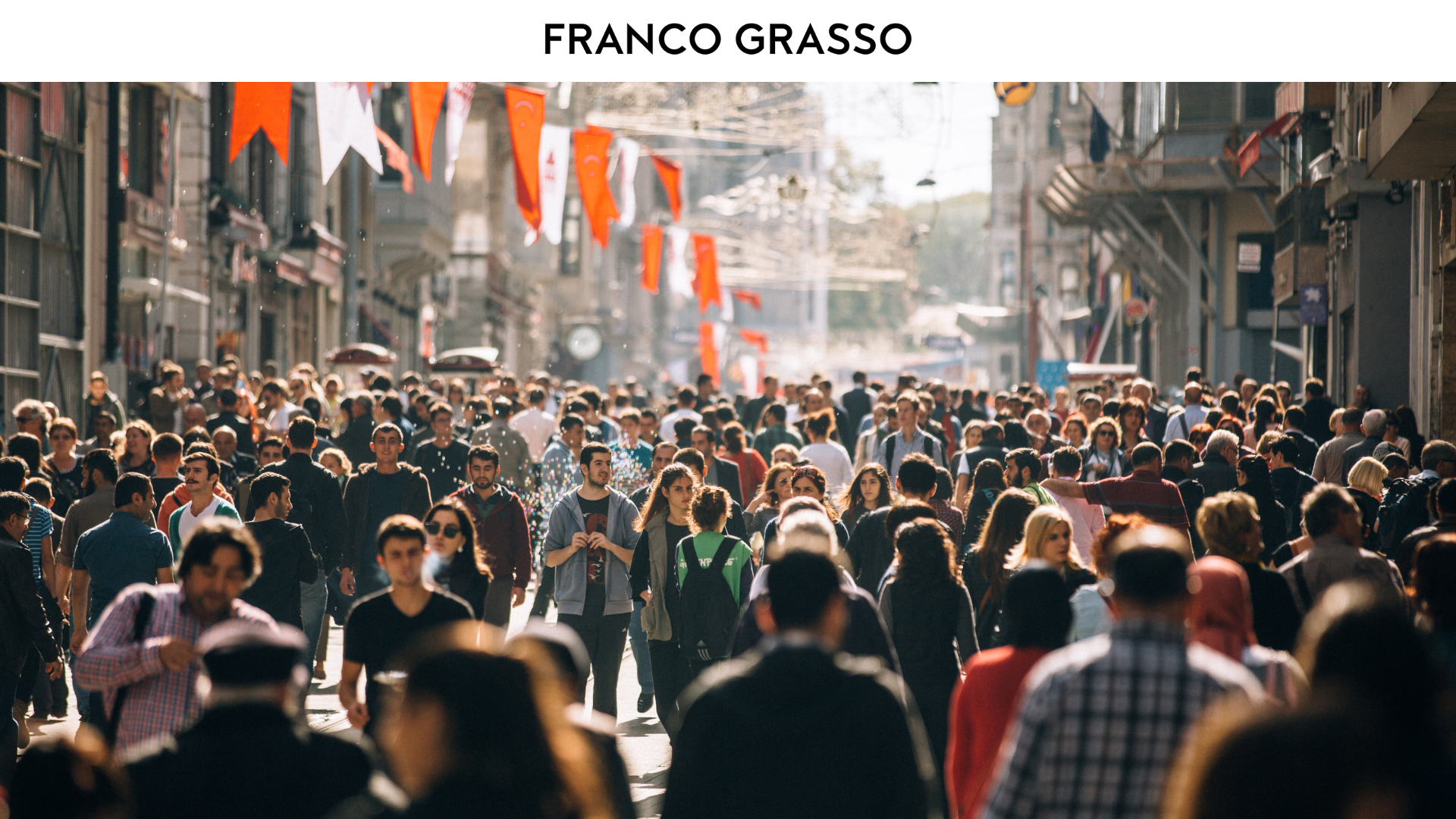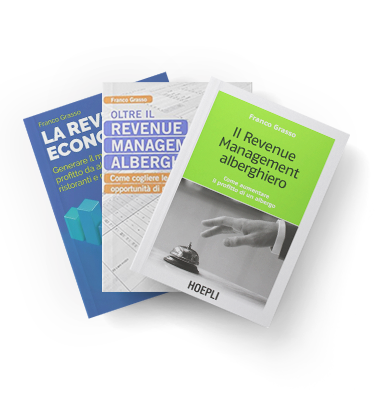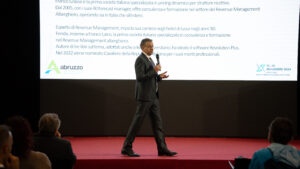Tourism represents one of Italy’s main sources of income.
Despite this, debate around this sector often oscillates between euphoria over the economic potential and worry over the phenomena of overtourism.
This contrast generates not only confusion, but also reactions contrary to the country’s sustainable tourist development.
It is, then, crucial to find a balance to promote tourism without sacrificing the integrity of the most visited localities, using Revenue Management.
A great lesson from Mauritius

Way back in 1988, during a one-month stay on the island of Mauritius to prepare my graduate thesis on the local economy, I bumped into a realty which even then managed overtourism with innovative tools.
The island combined agriculture and tourism, but had reached its maximum welcoming capacity.
In an interview, Mauritius’ ministry of Tourism revealed to me a simple but effective solution to the growing demand: increase the hotel rates so as to modulate the tourist arrivals.
Perceptions and realties of tourism in Italy
The sensation of intrusive, unsustainable tourism is principally noted on specific occasions: Easter, New Year, Ferragosto, or in historic cities such as in Venice and Rome.
These moments and places are, though, just a part of the tourist panorama.
It is fundamental to remember that the tourist industry operates all year round and that Italy is rich in destinations that are less known but equally enchanting and deserving of attention and promotion.
Agriturismi teeming with clients at Easter, hotels packed at New Year – no vacancies are in sight at the sea in mid- August – Venice groaning under the weight of tourism – central Rome crammed by tourists holding it hostage… Gosh, what a catastrophe!
The truth is that certain dates and certain places are always on everyone’s lips.
There are 365 days in a year and the hotels, except the seasonal ones, are always open.
And then there are thousands of potentially highly tourist places in our country.
The problem is not overtourism, but best spreading dates and places through correct, aware rating and commercial policies, to slow down the flows on some dates and in some places, and speed up the flows on other dates and in other places.
Strategies to manage tourist flows: dynamic rating is the best tool

The rating lever is extraordinary in this.
Is Venice drowned with tourists?
But raise the rates and you’ll see how it slows down!
It will be filled in any case – if we want – but at least far more money will come in.
And let’s also try to readjust prices in a market-conscious manner in less crowded places and periods, and you’ll see how many flows are diverted elsewhere.
So the rating lever offers an outstanding method for managing tourist flows.
For example, raise the rates during the highest attendance periods may help reduce overcrowding and increase returns.
This approach lets you not only “slow down” tourism in some areas, but also “speed up” interest towards less saturated zones.
So adjusting prices awarely can direct tourist flows towards a more sustainable balance.
My journey in Revenue Management

I have spent the last 25 years hearing people tell me that rates do not change the tourist flows, and for 25 years I’ve been demonstrating the contrary, numbers in hand.
Few hotels and many requests?
Raise the rates and you’ll see how requests slow down.
Do you want to shift tourism to less requested places?
Lower the rates and you’ll see.
Simple, isn’t it?
I have personally and professionally confirmed that rates directly influence tourist flows, despite several contrary voices in the sector.
You can read about my work here: https://francograsso.com/
Focused, strategical rating management really can change tourist distribution, showing that it is, with the right policies, possible to optimise both hotel occupancy and the overall tourist experience.
Revenue Management as management culture
Revenue Management is not a magic wand, but an optimal methodology for best calibrating the tourist flows in terms of both space and time: it’s like having an automobile and deciding how much petrol to put in and where to go.
What can be done to best calibrate all the places and all the periods?
It’s quite simple, as long as every single facility applies the best revenue for itself, so as to obtain the maximum in terms of tourists and profit.
And if every single facility does so, everything else will fall into place automatically! I’d say that it is time to abandon certain sensationalism that does not help the hoteliers or our sector and activate the awareness that it can be us who guide everything, thanks to this irreplaceable tool called Revenue Management!
Performing – actually, being – Revenue means not only applying a strategy, but embracing a careful, precise management culture, able to improve both the economical and the environmental, tourism sustainability.
It is essential for every facility to adopt the best revenue management practice, so as to maximise its earnings and contribute positively to the national tourist web.
Abandoning sensationalism and adopting a far-reaching vision really can make the difference in forming a fairer, more sustainable future for our country.





